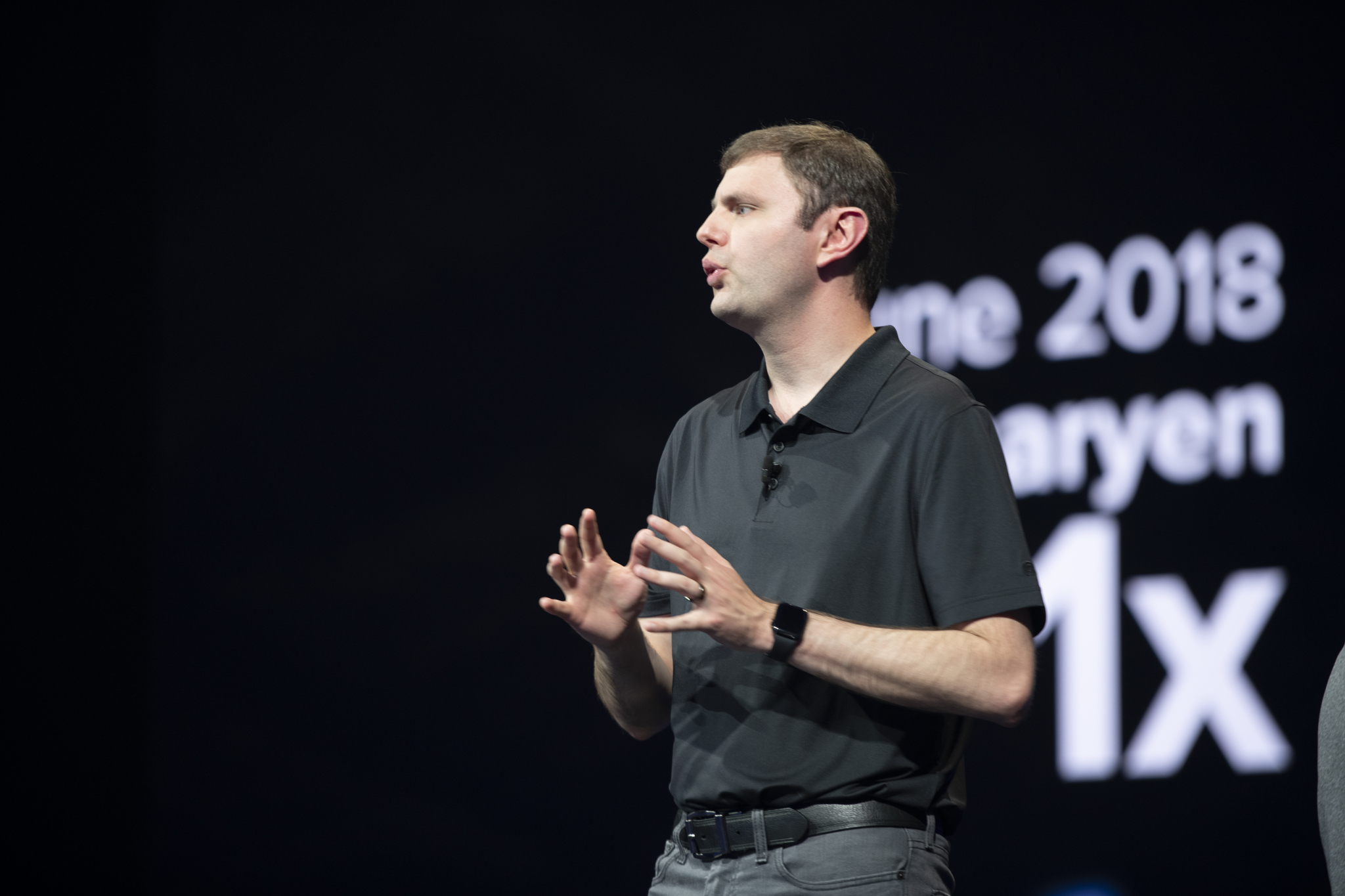
- Dan Larimer’s projects emphasize decentralization and user empowerment, from BitShares to his latest venture, Clarion.
- Larimer’s vision focuses on creating tools for secure, censorship-free communication and innovative blockchain solutions.
Dan Larimer, a name synonymous with blockchain innovation, began his journey into decentralized technology with the goal of developing platforms that encourage financial freedom and user empowerment. Born into a technologically advanced household, Larimer’s interest in computers and programming began at a young age.
His academic studies in computer science laid the groundwork for a revolutionary career in blockchain technology.
Innovating Financial Systems and Social Media: BitShares and Steemit
Larimer’s first big effort into the blockchain arena was BitShares, which debuted in 2014. BitShares established the notion of a decentralized exchange (DEX) and used the delegated proof-of-stake (DPoS) consensus method, which allows stakeholders to elect delegates to confirm transactions. This solution solved scalability concerns that existed in prior blockchain models.
BitShares also included smartcoins, which are tied to real-world assets and offer stability in the unpredictable cryptocurrency market. Larimer’s work on BitShares established a model for future financial systems by emphasizing decentralization and user control.
In 2016, Larimer co-founded Steemit, a social media network based on blockchain technology. Unlike traditional social media platforms, Steemit compensates members with cryptocurrencies for creating and curating content. This paradigm encouraged quality contributions and democratized content monetization.
Steemit immediately gained traction, transforming into a vibrant community where members could earn STEEM coins. Larimer’s ambition for Steemit was to disrupt traditional social media’s advertising-driven income model by giving users more control.
EOS.IO: Pushing the Boundaries of Decentralized Applications
Perhaps Larimer’s most ambitious endeavor was EOS.IO, which debuted in 2018. EOS.IO was designed to facilitate decentralized apps (dApps) with excellent performance and scalability. The idea raised $4 billion through its initial coin offering (ICO), demonstrating enormous investor confidence.
EOS.IO’s architecture enabled parallel processing and asynchronous communication, overcoming the constraints of previous blockchain systems.
Despite its technical advances, EOS.IO was chastised for its governance architecture, which some claimed led to centralization. Nonetheless, Larimer’s contributions to EOS.IO demonstrated his devotion to promoting blockchain technology.
Clarion: Redefining Communication with Decentralization
In 2024, Larimer unveiled his next project, Clarion, which seeks to transform communication through decentralization. Clarion OS is supposed to be a friend-to-friend message propagation protocol that allows for numerous types of communication without relying on centralized infrastructures.
Larimer’s inspiration for Clarion originates from his fear of censorship and control by big tech corporations. He sees Clarion as a platform that allows anyone to broadcast messages freely and securely, leveraging progressive web applications and Web Assembly to improve performance and dependability.
Larimer’s work is based on the concepts of freedom, decentralization, and user empowerment. His efforts repeatedly demonstrate a desire to develop solutions that circumvent established gatekeepers and empower individuals.
This mindset is obvious in his departure from Block.one, the business that founded EOS, when he stated that liberty cannot be supplied as a service but must be protected by individuals themselves. A vision of a more open and fair digital ecosystem drives Larimer’s desire to innovate.
Larimer’s road hasn’t been without obstacles. BitShares, while ingenious, struggled to gain broad adoption. Steemit, despite its early success, struggled with content quality and platform viability. EOS.IO’s governance style spurred arguments in the crypto community over decentralization and control.
However, Larimer’s endurance and adaptability have been critical to his continued prominence in the blockchain industry. He is always adapting his approaches, learning from previous experiences to better future ventures.
Dan Larimer’s contributions to the blockchain industry are significant. His work on BitShares, Steemit, EOS.IO, and now Clarion exemplifies a constant pursuit of decentralization and innovation.
Larimer’s legacy is one of questioning the status quo and pushing the limits of what blockchain technology can accomplish. As he continues to work on new initiatives, the blockchain community eagerly awaits the impact of his future discoveries.
Looking ahead, Larimer’s ideas, such as Clarion, represent a broader trend toward decentralized communication and infrastructure. As concerns about data privacy and control by huge corporations grow, Larimer’s vision of a decentralized internet becomes more pertinent.
His work promotes a future in which consumers have more control over their data and communication, which aligns with the fundamental principles of blockchain technology.















